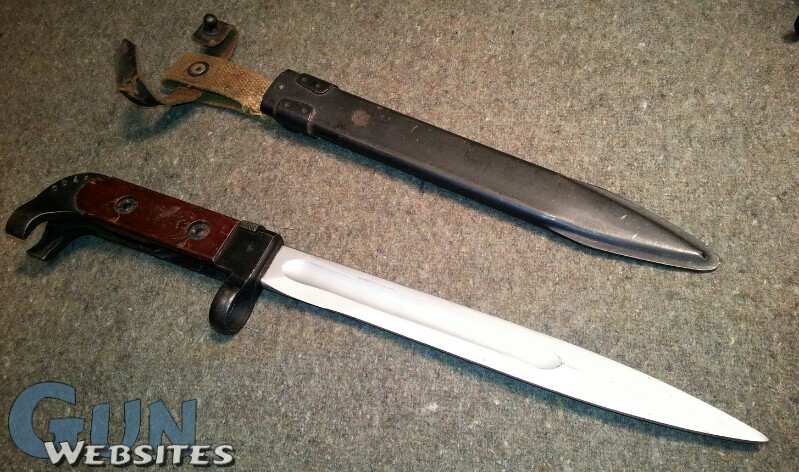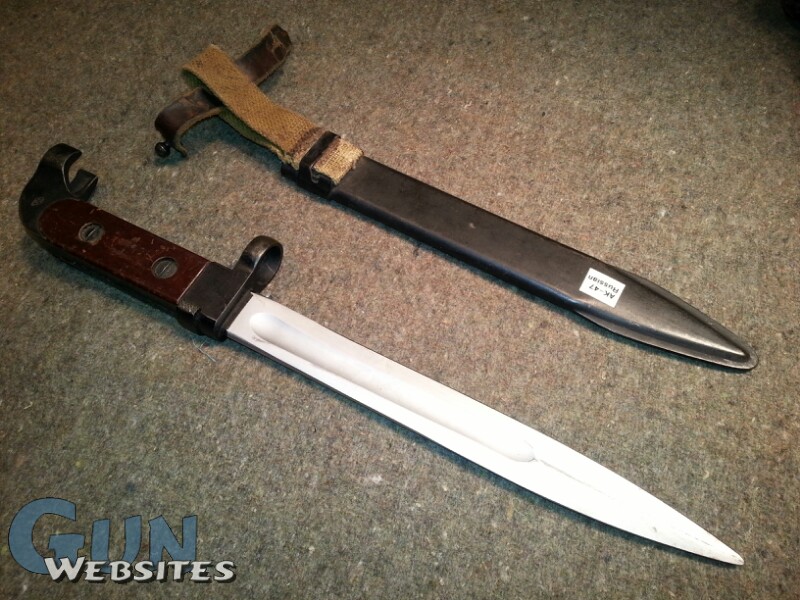Modern recreation for the commercial market, made with crude materials and techniques
Purchased from eBay in 2015ish

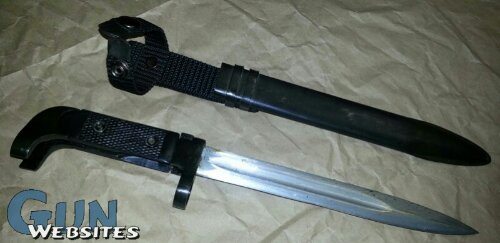

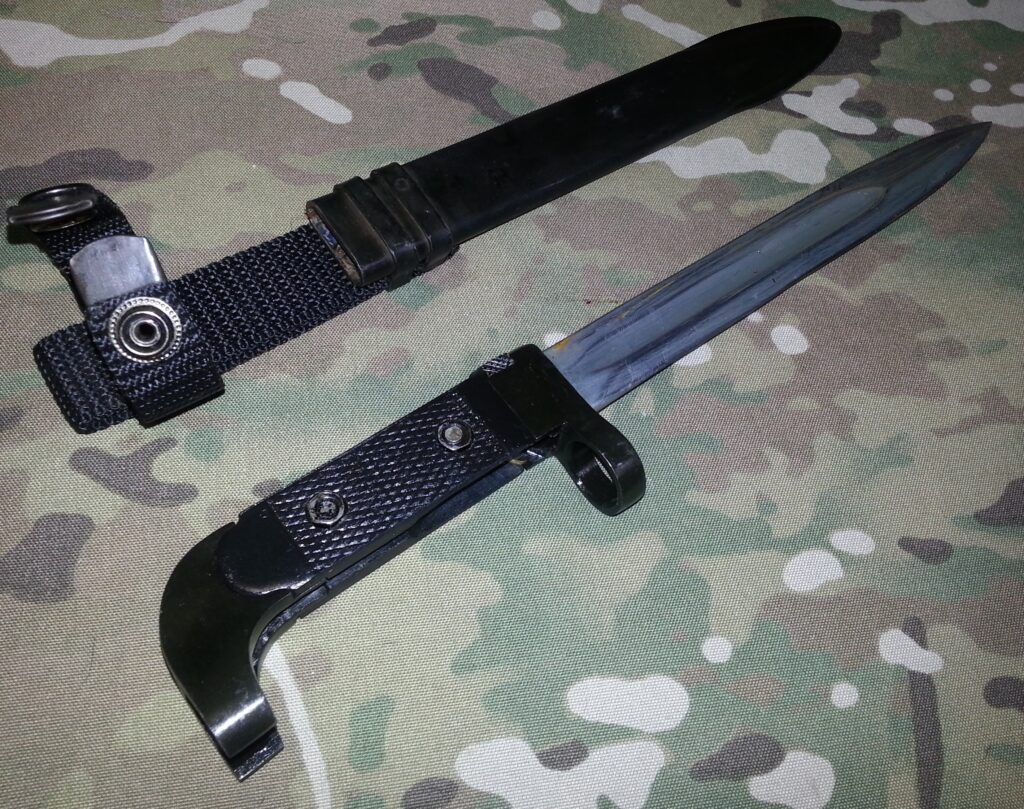


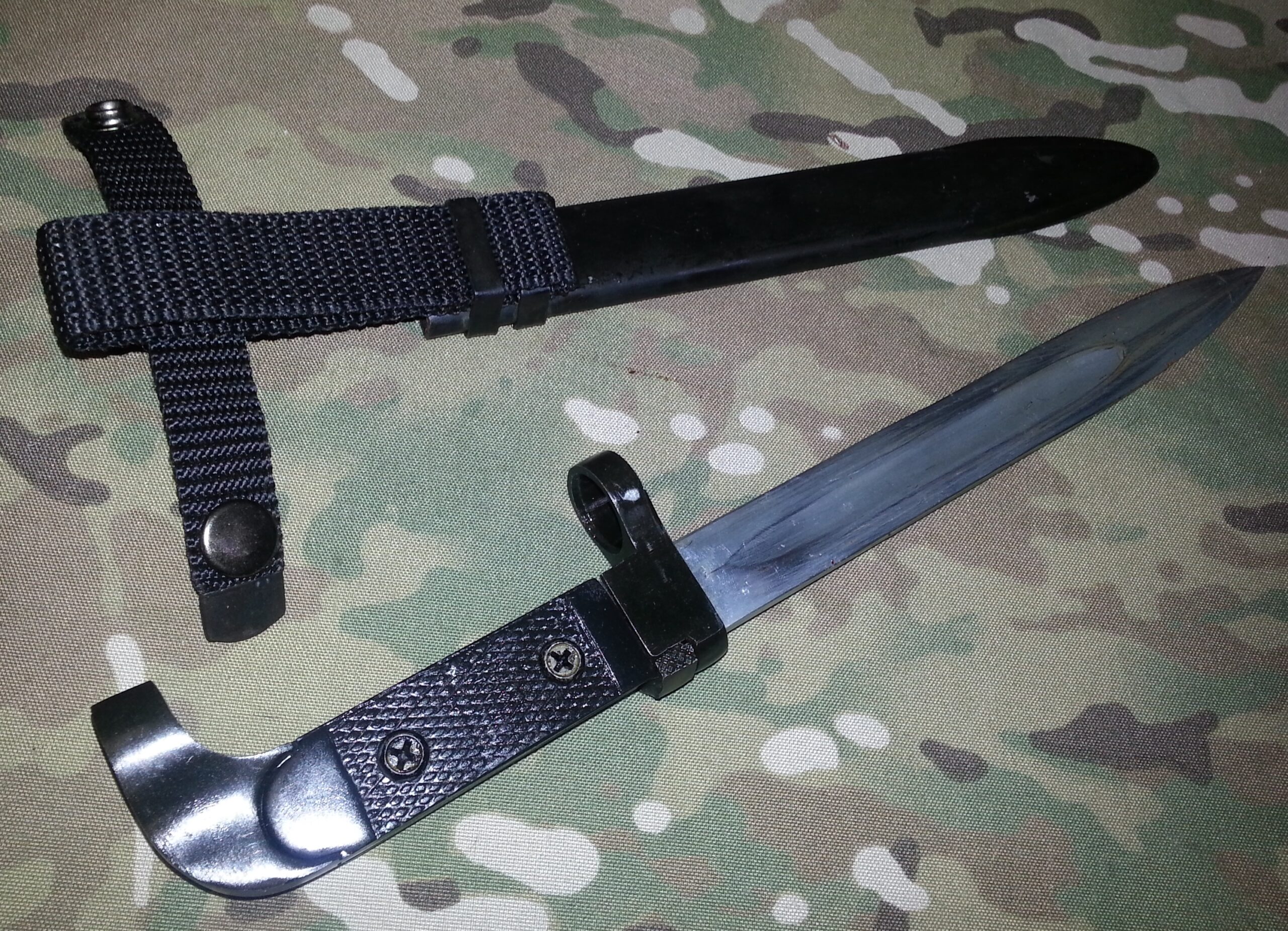

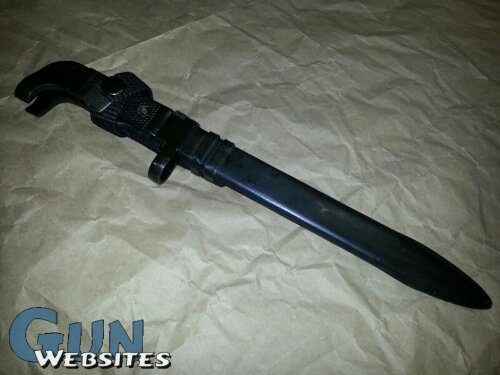


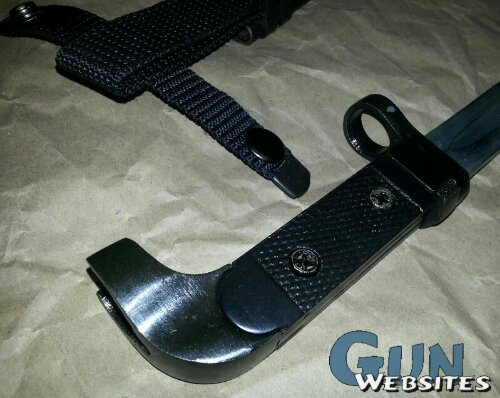

Modern recreation for the commercial market, made with crude materials and techniques
Purchased from eBay in 2015ish













2004

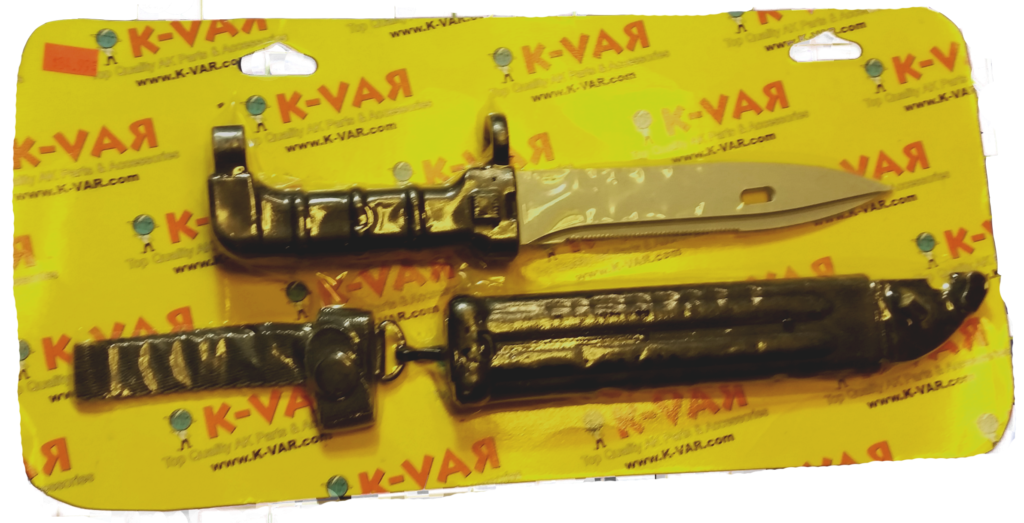

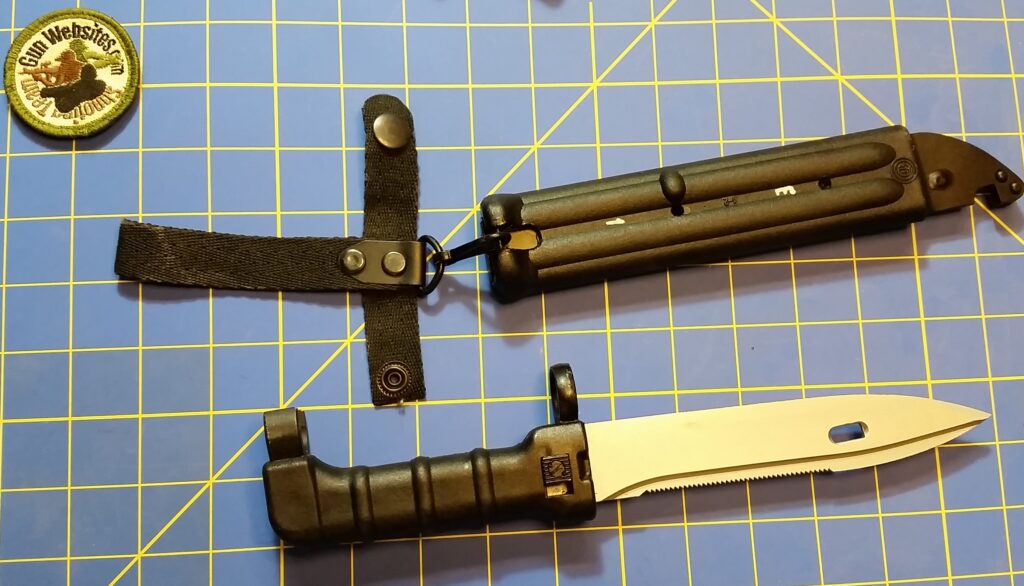

Polish AK47 Type bayonets dated 1958 and 1970
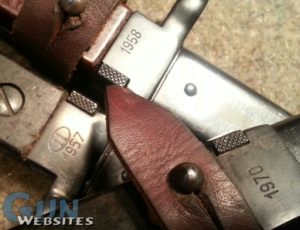

1958 – AK47 Type (56-H-212) Updated in Poland
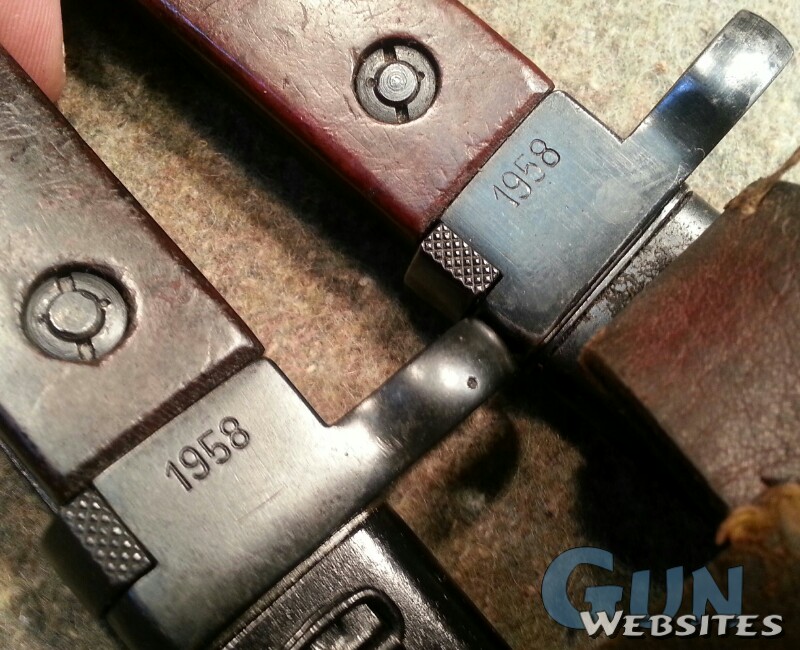

1958 – “Type 58“ AK47 Type Adopted in Korea


1957 – AK47 Type (56-H-212) Adopted in Poland



1955 – AK47 Type Adopted in Bulgaria

Some models had two bands at the top of the scabbard Some have a single large tab, most have different material straps


Most have the single, larger attachments (below)

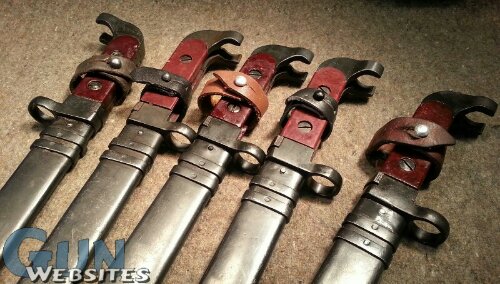
Some models had two bands at the top of the scabbard (Above)
Most have the single, larger attachments (below)

Black Leather, Brown Leather, Green Canvas (Black Leather), Green Canvas (Brown Leather), Tan Canvas, Brown Vinyl, Green Vinyl, Black Vinyl
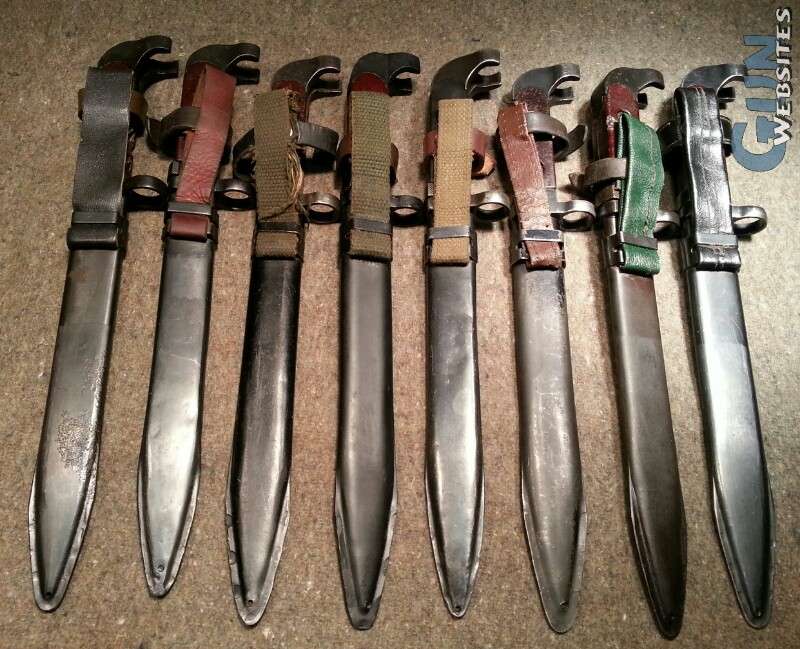
Many different serial numbers, some stamped, some engraved, some 4 digit some 5 or 6 digits, some large some small..

Some Bulgarian AK47 Type handle color variation from black plastic (factory refurbished to dark red to med and light red



Bulgarian AK47 Bayonets
Chapter Two, cont.
The Bulgarians produced an AK47 type bayonet almost identical to the Russian version. Figure 7 shows an original Bulgarian bayonet as issued. The knife is essentially identical to the early Russian version except it does not have a factory code mark and the serial number runs perpendicular to the axis line of the bayonet and is machine engraved approximately centered in the pommel (see Figure 8). The scales also appear to be redder in color than those on the Russian knife and have less of a mottled appearance.
The scabbard shows more differences from the Russian version than the knife does. It uses the same early pattern wide metal band split in the back to accommodate the hanger and is blued. The scabbard shows a distinct sanding pattern different from the Russian version with approximately the top one-third being sanded in a horizontal pattern and the bottom two-thirds being sanded in a vertical pattern. The drain hole at the tip of the scabbard is also located on the backside whereas the Russian version is on the front side of the scabbard.
Figure 7. Early Bulgarian AK47 Bayonet, Front and Back

From Page 9 Kalashnikov Bayonets
© 2002 by Martin Ivie
Reprinted with permission of the author




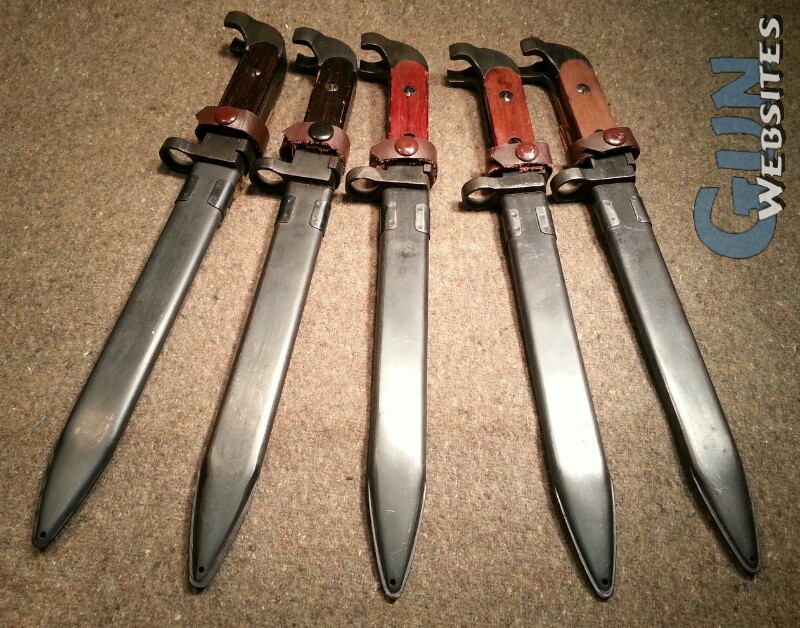
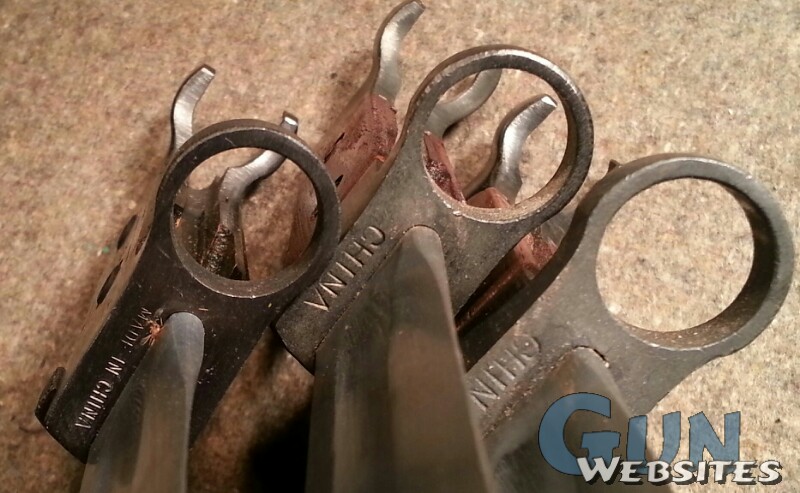
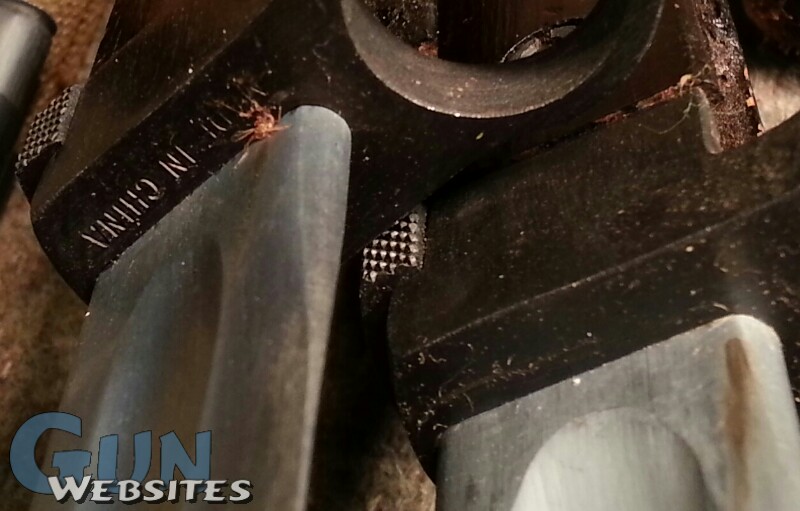
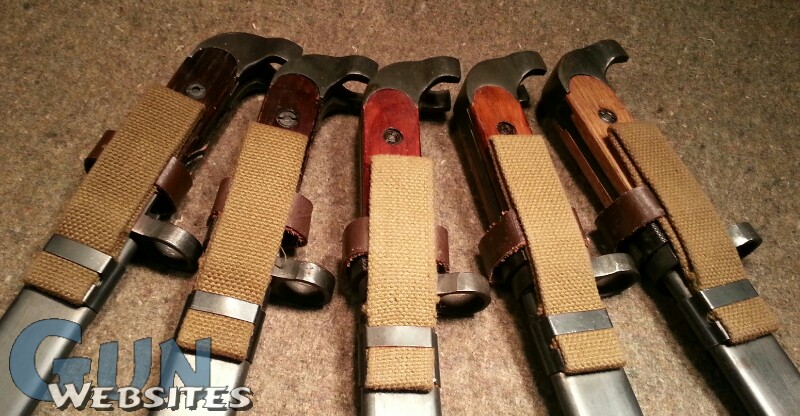
Chinese AK47 Bayonets
Chapter Two, cont.
The examples of Chinese AK47 bayonets shown in Figures 23 and 24 were both made and sold as U.S. import items. Both knives feature blued steel metal for the parts of the hilts. The scales on both are Chinese Chu wood with those on the knife in Figure 23 being stained dark brown to match the furniture on the Polytech Legend AK47 that the bayonet came with and those on the knife in Figure 24 stained orange brown. The bayonet in Figure 24 is a separate import item made for the U.S. collectors market.
The scabbards on both bayonets are blued metal and are similar to the Early Russian AK47 scabbard. They are slightly narrower than the Russian version (25 mm vs. 26 mm). This is accomplished by eliminating the tensioning spring found in other AK47 bayonet scabbards. Due to this, the rivet for holding the tensioning spring in is noticeably absent. The bands, which attach the hangers, are also made of thinner metal on the Chinese bayonets than on the other AK47 bayonets.
Figure 23. Chinese AK47 Bayonet From Page 21 Kalashnikov Bayonets © 2002 by Martin Ivie Reprinted with permission of the authorSold With Polytech Legend, Front and Back

Designated: 56-X-212
1951 – “56-X-212″ AK47 Type adopted Russia
